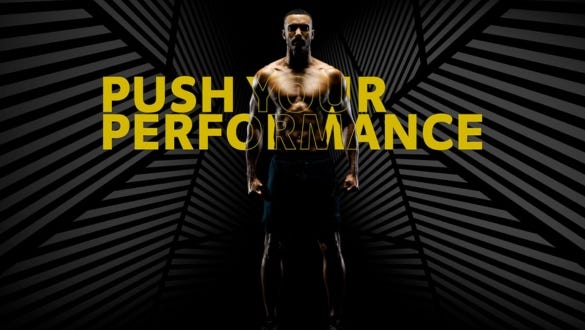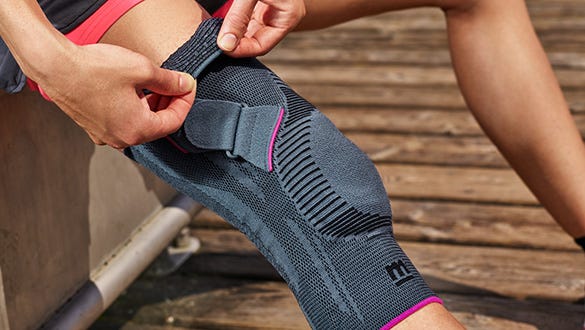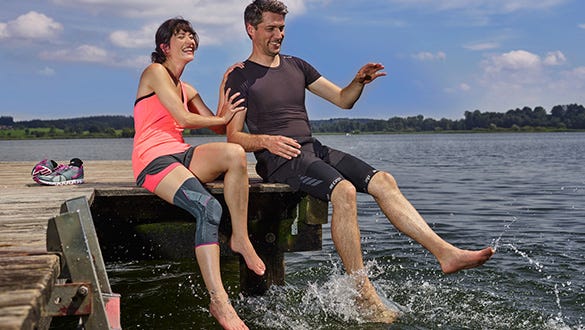- Free First Class Delivery
- Buyer Protection
- Secure Online Shopping
- Healthcare Professional? Click here
Knee pain
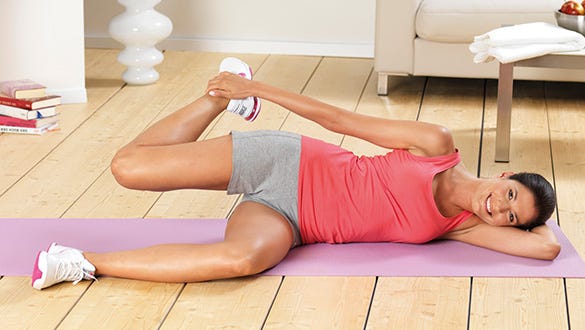

Categories
Knee pain is more common that you may realise
The knee joint is the largest joint in the human body. It is very complex as it can pivot in almost every direction and is exposed to tremendous stresses. Over time, this can lead to degenerative changes. What's more, our knees are very vulnerable to injury whether it’s sudden injury, injury from overuse or injury from an underlying condition, such as arthritis.
Anatomy of the knee joint
The knee is the largest joint in the human body. It has a pivotal hinged joint which allows flexion and extension of the leg as well as slight internal and external rotation when flexed.


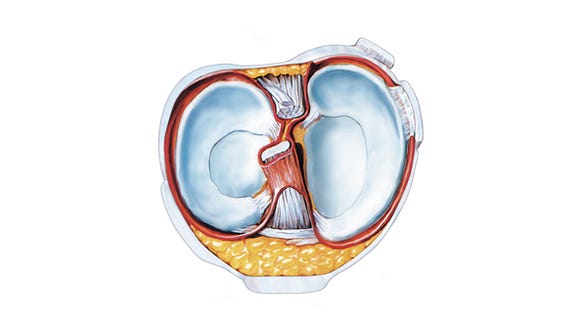

Causes of knee pain
Due to the complex anatomy of the knee, knee pain can have many causes. However, these can be divided into knee pain resulting from injuries and knee pain resulting from degenerative changes.
The common causes of knee pain are:
- Ligament injuries
- Cartilage tears
- Arthritis
- Rheumatoid arthritis
- Post-traumatic arthritis
- Osteoarthritis
While a knee injury often causes pain in young people (for example during sports), degenerative changes of the knee often lie behind the pain experienced by middle-age to elderly people.
There are also other factors that can cause knee pain (e.g. overstrain in sports or hereditary factors such as congenital knee deformities).
Knee pain resulting from injuries
Acute knee injuries are mainly caused by the action of external forces (e.g. contusions, kicks during sports or impacts during a road traffic accidents). The following anatomical structures are often affected:
- Collateral ligaments (medial or lateral collateral ligament)
- Cruciate ligaments (anterior cruciate ligament, posterior cruciate ligament)
- Menisci (medial meniscus, lateral meniscus)
- Kneecap (e.g. luxation of the patella)
- Cartilage
- Bone
High risk sports associate with knee injuries are mainly football, downhill skiing, netball and basketball.
If you have an acute knee injury, experts recommend applying the RICE rule:
- R (REST: rest the knee)
- I (ICE: cool the knee quickly to prevent swelling)
- C (COMPRESSION: apply pressure dressing or bandages to counteract swelling)
- E (ELEVATE: elevate the leg to improve venous return)
Knee pain resulting from degenerative changes
Our knees are exposed to tremendous stresses every day which can result in wear and tear of the joint. These degenerative changes are associated with a breakdown of the cartilage layer which gradually wears away. The shock absorber function of the cartilage becomes inefficient and makes the joint feel stiff and painful.
Joint degeneration increases with age and occurs most often in people over 50 years of age. This is called osteoarthritis of the knee joint. Osteoarthritis of the knee is progressive. Early stages osteoarthritis only occurs occasionally (e.g. on weight-bearing, after longer periods of rest), while in the advanced stage, the cartilage damage is so extensive that the bones grind against each other and is extremely painful.
Onset of knee pain: chronic or acute?
Knee pain can come immediately (acutely) or build up over time (chronically):
- Acute knee pain starts suddenly – such as after an injury.
- Chronic knee pain manifests gradually – initially with slight irritation which intensifies over time – as in arthritis of the knee, for example.
Describing the knee pain: what type of pain?
- Dragging, pressure, stabbing, cramp-like pain or a dull continuous ache
- External signs: effusion, redness, swelling, warm to the touch, restricted movement
Pin-pointing the knee pain: where does it hurt?
- On the inside (e.g. injury of the medial collateral ligament, injury of the medial meniscus, bowlegs)
- On the outside (e.g. injury of the lateral collateral ligament, injury of the lateral meniscus, knock knees)
- Anterior knee pain (e.g. patella tip syndrome, Osgood-Schlatter disease, patellofemoral pain syndrome due to muscular imbalance)
- Posterior knee pain (hollow of the knee, e.g. Baker's cyst)
Dependency on the situation: when does it hurt?
- Upon weight-bearing (e.g. standing, jogging, going upstairs)
- After longer periods of rest (e.g. after sitting down for a long time)
- In the morning (start-up pain)
Treatment of knee pain
The treatment of knee pain depends on what is causing the pain. The following conservative therapies are often applied before any invasive treatment:
- Anti-inflammatory painkillers and ointments
- Heat or cold treatment
- Orthopaedic medical devices (insoles, supports, orthoses, orthopaedic shoes)
- Physiotherapy
- Muscle training (strengthening and stretching)
- Electrotherapy and ultrasound treatment
However, there are also situations, in which an operation is the only option left. But these days, many operations can be performed by arthroscopy which minimises tissue damage and less invasive.

